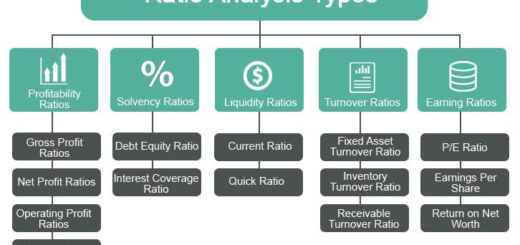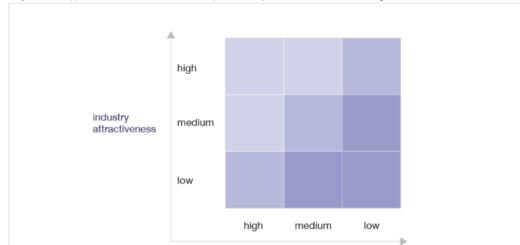Reinforcement Theory
Reinforcement Theory, developed by B.F. Skinner in 1938, is a process theory of motivation that proposes that behavior is shaped by the consequences that follow it. According to this theory, behavior that is reinforced is more likely to be repeated, while behavior that is punished is less likely to be repeated.
Reinforcement Theory is based on three types of consequences:
- Positive reinforcement: This occurs when a behavior is followed by a desirable consequence, such as praise, rewards, or recognition. Positive reinforcement increases the likelihood that the behavior will be repeated in the future.
- Negative reinforcement: This occurs when a behavior is followed by the removal of an unpleasant consequence, such as removing a task or responsibility. Negative reinforcement also increases the likelihood that the behavior will be repeated in the future.
- Punishment: This occurs when a behavior is followed by an unpleasant consequence, such as criticism, verbal reprimands, or disciplinary action. Punishment decreases the likelihood that the behavior will be repeated in the future.
According to Reinforcement Theory, individuals will be motivated to repeat behaviors that have been positively reinforced or negatively reinforced. Conversely, behaviors that have been punished are less likely to be repeated in the future.
To increase motivation using Reinforcement Theory, employers can:
- Use positive reinforcement to reward desirable behaviors and increase their likelihood of being repeated in the future.
- Use negative reinforcement to remove unpleasant consequences and increase the likelihood that desirable behaviors will be repeated.
- Use punishment sparingly and only for serious violations of workplace rules and norms.
Overall, Reinforcement Theory offers valuable insights into what motivates individuals and can be used to design effective motivational strategies in the workplace. By understanding the consequences that follow behavior, organizations can create a work environment that fosters motivation, engagement, and job satisfaction.





I have not checked in here for some time as I thought it was getting boring, but the last few posts are great quality so I guess I¦ll add you back to my daily bloglist. You deserve it my friend 🙂